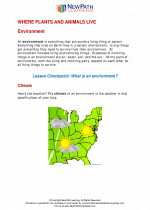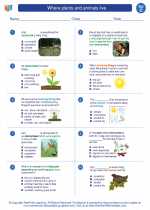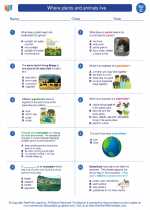Diamond
Diamond is a naturally occurring form of carbon that is prized for its exceptional hardness and brilliance. It is the hardest known natural material, making it valuable for use in cutting, grinding, and drilling tools, as well as in jewelry.
Formation
Diamonds are formed deep within the Earth's mantle under high pressure and temperature conditions. They are brought to the surface through volcanic eruptions in a type of rock called kimberlite.
Physical Properties
- Hardness: Diamond is the hardest known natural material, scoring 10 on the Mohs scale of mineral hardness.
- Brilliance: Diamonds have a high refractive index, which gives them their characteristic sparkle and brilliance.
- Color: Diamonds can occur in various colors, including white, yellow, blue, and pink. The presence of impurities or structural defects in the crystal lattice can give rise to different colors.
- Crystal Structure: Diamonds have a crystal structure that consists of a three-dimensional arrangement of carbon atoms bonded together in a strong covalent network.
Uses
Due to its exceptional hardness and optical properties, diamond has a wide range of uses, including:
- As gemstones in jewelry
- In industrial applications for cutting, grinding, and drilling
- In scientific and medical instruments for cutting and grinding
- In electronics for its thermal conductivity and electrical insulating properties
Study Guide
To study the topic of diamond, consider the following key points:
- Describe the formation process of diamonds and the conditions under which they are formed.
- Explain the physical properties of diamonds, including their hardness, brilliance, color, and crystal structure.
- Discuss the various uses of diamonds in industry, jewelry, electronics, and scientific instruments.
- Compare and contrast synthetic diamonds with natural diamonds, considering their formation and properties.
- Research the historical and cultural significance of diamonds, including famous diamonds and diamond mining regions.
By understanding these key points, you will have a comprehensive understanding of the topic of diamond and its significance in various fields.
[Diamond] Related Worksheets and Study Guides:
.◂Science Worksheets and Study Guides Third Grade. Where plants and animals live
Study Guide Where plants and animals live
Where plants and animals live  Worksheet/Answer key
Worksheet/Answer key Where plants and animals live
Where plants and animals live  Worksheet/Answer key
Worksheet/Answer key Where plants and animals live
Where plants and animals live  Worksheet/Answer key
Worksheet/Answer key Where plants and animals live
Where plants and animals live  Vocabulary/Answer key
Vocabulary/Answer key Where plants and animals live
Where plants and animals live  Vocabulary/Answer key
Vocabulary/Answer key Where plants and animals live
Where plants and animals live 

 Worksheet/Answer key
Worksheet/Answer key
 Worksheet/Answer key
Worksheet/Answer key
 Worksheet/Answer key
Worksheet/Answer key
 Vocabulary/Answer key
Vocabulary/Answer key
 Vocabulary/Answer key
Vocabulary/Answer key

The resources above cover the following skills:
LIFE SCIENCE
Unity and Diversity
Construct an argument from evidence to explain the likelihood of an organism’s ability to survive when compared to the resources in a certain habitat (e.g., freshwater organisms survive well, less well, or not at all in saltwater; desert organisms survive well, less well, or not at all in woodlands).
Create models that illustrate how organisms and their habitats make up a system in which the parts depend on each other.